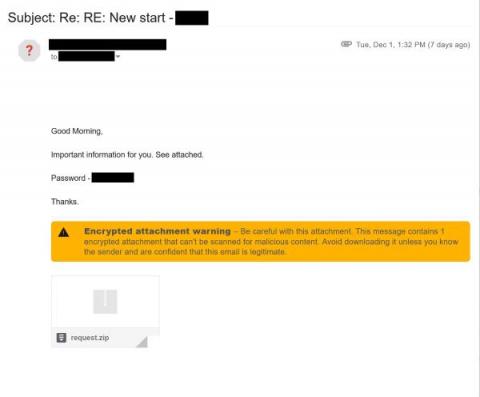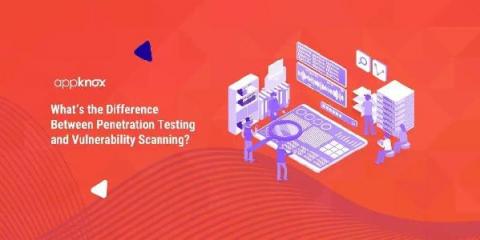Nature vs. Nurture Tip 3: Employ SCA With SAST
For this year’s State of Software Security v11 (SOSS) report, we examined how both the “nature” of applications and how we “nurture” them contribute to the time it takes to close out a security flaw. We found that the “nature” of applications – like size or age – can have a negative effect on how long it takes to remediate a security flaw.










